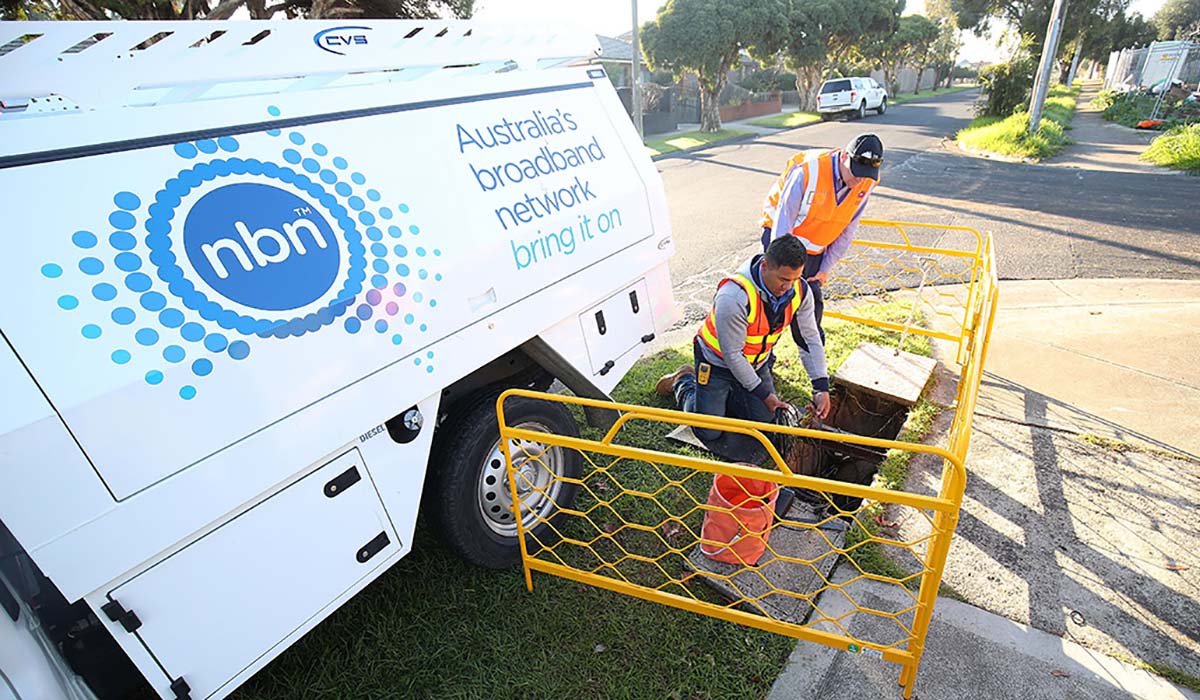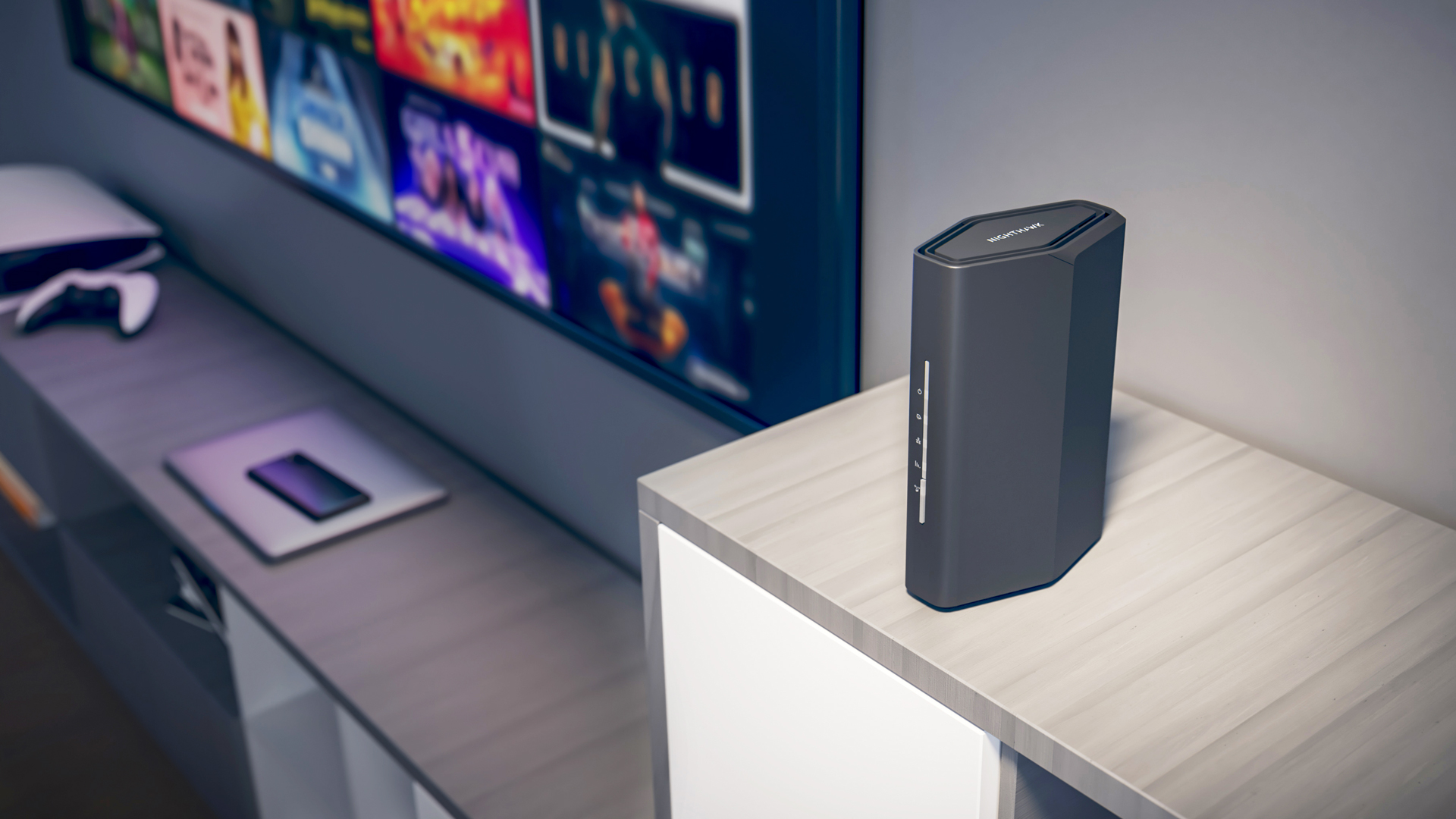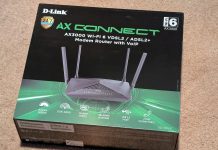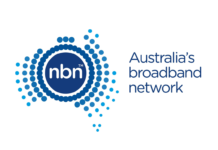In a surprise to no one, more than 10 percent of Australian households connected to the NBN aren’t getting the speeds they’re paying for. Why? They’re connected to the NBN via inferior technology that might not ever be upgraded.
The ACCC’s Measuring Broadband Australia Report has been reviewing NBN speeds since 2017, and while most of NBN performs really well, there’s a segment that doesn’t – and the ACCC’s report is damning.
The 8th report in the series was released today, and it shows that 11% of Australians don’t get the NBN broadband speeds they’re paying for. Even though that figure is pretty poor, it is – surprisingly – an improvement – it used to be one in eight, instead of one in ten.
An NBN service doesn’t meet its advertised speeds if it can’t meet 75% of the advertised speed at least once in 20 measurements. That’s a pretty low bar, and that one in ten services is falling under it is amazing.
Given that two thirds of all NBN customers are on 50 Mbps or faster plans, those on a 50 Mbps plan which is underperforming are rarely if ever hitting speeds over 37.5 Mbps. For those on 100 Mbps tiers, they’re not seeing over 75 Mbps.
Of course, there’s lots of reasons services can underperform, but the overwhelming issue seems to be a particular connection technology – Fibre to the Node (FTTN). Of the 11% of underperforming services, a whopping 95% of them are on FTTN which uses copper to connect households to a Fibre Node up to 300 metres away from their properties.
Who’s responsible? FTTN came about thanks to the Coalition government in 2013, when it deemed the nation-wide FTTP rollout proposed by the previous Labor government was too expensive and would take too long.
There is some good news for FTTN customers, though. With the NBN build rapidly approaching its conclusion early this year, there’s the possibility it could use revenue in future to overbuild areas of particularly poor performance with a better technology, such as Fibre to the Curb (FTTC) or Fibre to the Premises (FTTP).
This seems, however, relatively unlikely.
Do you get your advertised NBN speeds at least once in every 20 measurements? Let us know in the comments.




